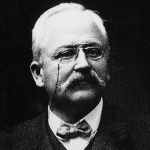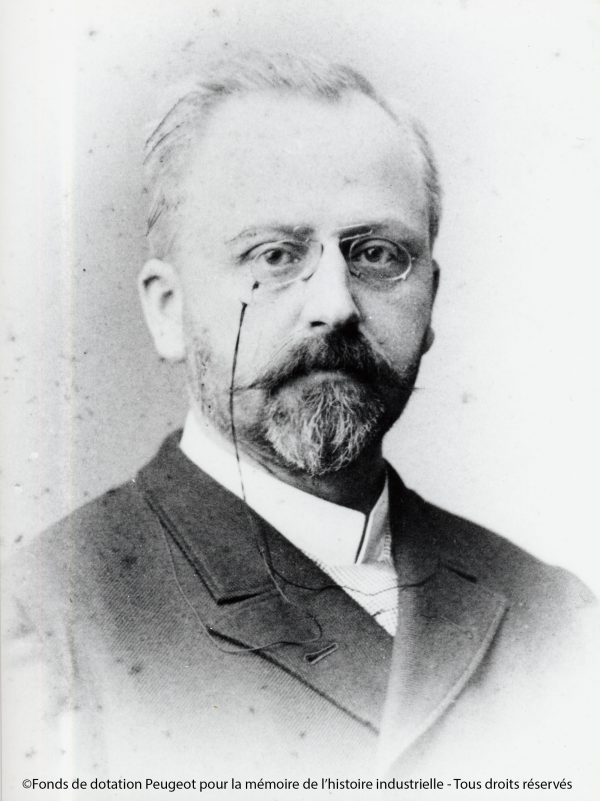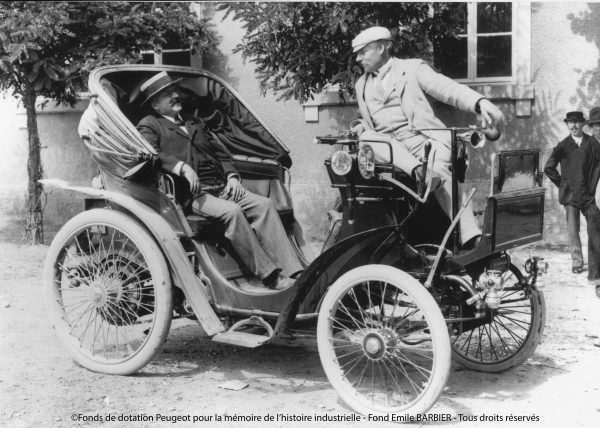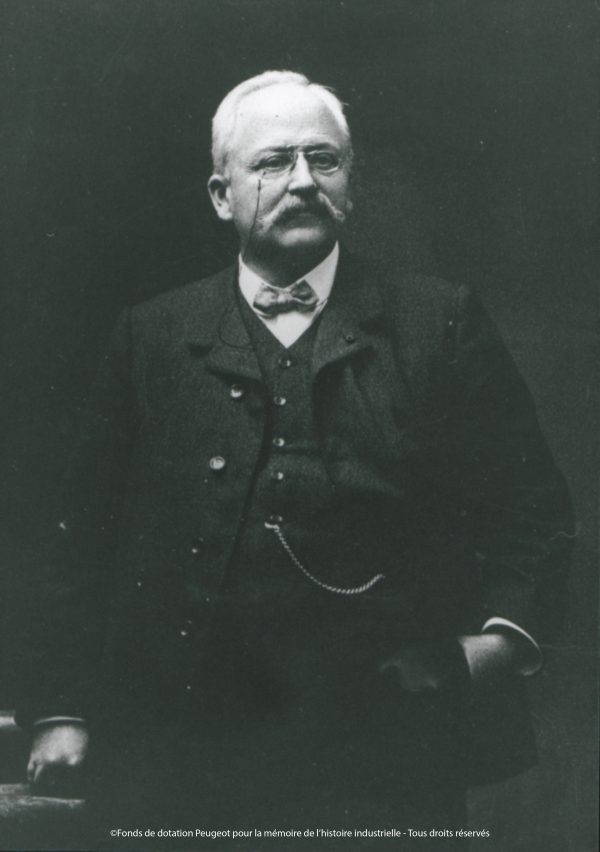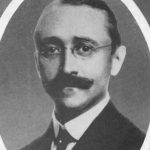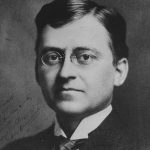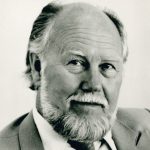As a young man with initiative and vision, Armand Peugeot evolved his family’s metal shop into one of France’s first automotive companies. Peugeot was born into a very wealthy family in Herimoncourt, France. The Peugeot family operated factories in eastern France that originally produced springs, tooling devices, coffee grinders, and sewing machines.
The young Armand was so transfixed by engineering that, after graduating from the Ecole Centrale in Paris, he departed for a trip to England to study the country’s bicycle industry. Once back in France, he and his cousin Eugene Peugeot joined the Peugeot family metalworking business. Peugeot pushed the company to get into bicycle manufacturing and to diverge from domestic tool making. By 1882, Peugeot was manufacturing bicycles inspired by English models.
A few years later, Peugeot started experimenting with steam engines. The company exhibited a steam-powered tricycle at the 1889 World Fair in Paris. The following year, Peugeot replaced steam with petrol to create Peugeot’s first four-wheeled vehicle. The vehicle was called the Type 2 Quadricycle, and it sported a German Daimler engine. By 1891, Peugeot was becoming an established brand.
The runaway success of Peugeot’s motorized vehicles impelled Armand to take his vision a step further. The ambitious entrepreneur wanted to increase production, but his cousin Eugene had reservations about the significant investment that would be needed. Knowing full well that it would anger his family, Peugeot set up his own workshop in 1896, naming it the Societe Anonyme Des Automobiles Peugeot. He built a factory in the town of Audincourt, France devoted exclusively to producing automobiles with an internal combustion engine. Parallel to his bustling career, Peugeot had a family life: he married Sophie Leonie Fallot in 1872 and together they had five children. Tragically, their only son, Raymond, died in 1896. As a result of losing his sole male heir, Peugeot decided to merge his company back with Eugene’s in 1910. When he stepped away from leading the company in 1913, Peugeot was the largest auto manufacturer in France. He passed away in January of 1915.
Known today as Groupe PSA, Armand Peugeot’s brainchild has nearly 140,000 employees, and stands as one of Europe’s three major automobile producers. Peugeot’s powerful vision makes him a key figure in automotive history. Facing resistance and doubt from those around him, he insisted on realizing his industrial dreams – on a national, and then international stage.
